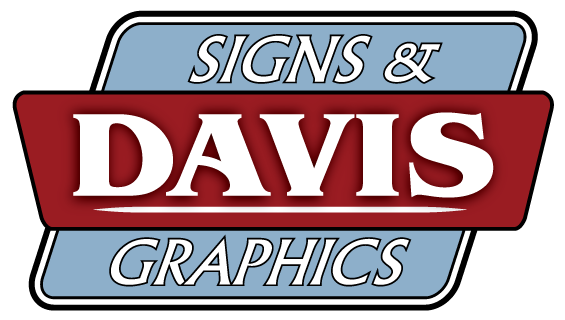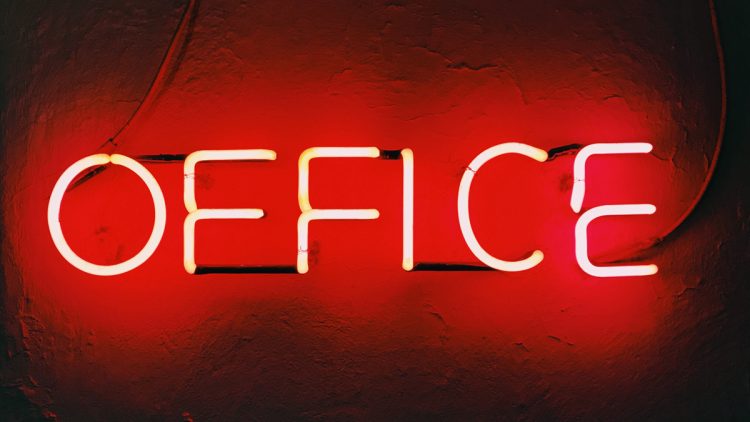What Are The Best Fonts For Signage?
The best font for signage depends on the specific application, but some popular choices include:
- Sans serif fonts: Sans serif fonts are fonts that do not have serifs, which are the small strokes that extend from the ends of the letters. Sans serif fonts are generally considered to be more modern and easy to read, making them a good choice for signage that needs to be seen from a distance. Some popular sans serif fonts include Arial, Helvetica, and Trebuchet.
- Serif fonts: Serif fonts have serifs, which are the small strokes that extend from the ends of the letters. Serif fonts are generally considered to be more classic and elegant, making them a good choice for signage that needs to be seen up close. Some popular serif fonts include Times New Roman, Garamond, and Baskerville.
- Script fonts: Script fonts are fonts that are modeled after handwriting. Script fonts can be used to create a more personal or creative look for signage. However, they can be difficult to read from a distance, so they should be used with caution. Some popular script fonts include Brush Script, Copperplate, and Script MT Bold.
- Display fonts: Display fonts are fonts that are designed to be eye-catching and attention-grabbing. Display fonts can be used to create a strong visual impact for signage. However, they should be used sparingly, as they can be difficult to read. Some popular display fonts include Impact, Comic Sans, and Jokerman.
When choosing a font for signage, it is important to consider the following factors:
- The size of the sign: The size of the sign will affect the readability of the font. Larger signs can use smaller fonts, while smaller signs will need to use larger fonts.
- The distance from which the sign will be read: The distance from which the sign will be read will also affect the readability of the font. Signs that will be read from a distance will need to use larger fonts with simpler strokes.
- The style of the sign: The style of the sign will also affect the choice of font. For example, a modern sign would typically use a sans serif font, while a classic sign would typically use a serif font.
- The message of the sign: The message of the sign should also be considered when choosing a font. For example, a sign that is trying to be informative would typically use a more serious font, while a sign that is trying to be creative would typically use a more playful font.
By following these tips, you can choose the right font for your signage and ensure that your message is clear and easy to read.
0

